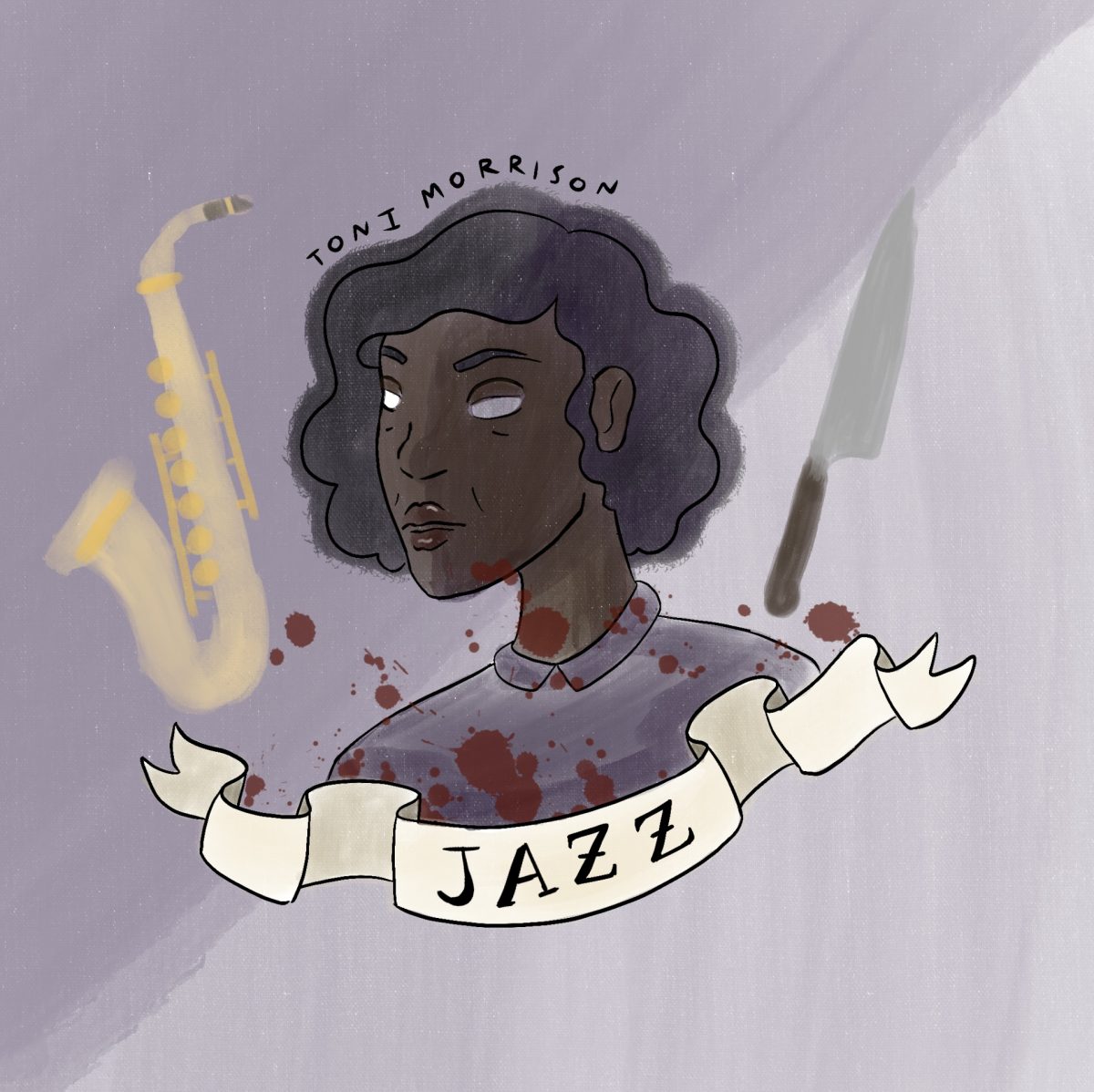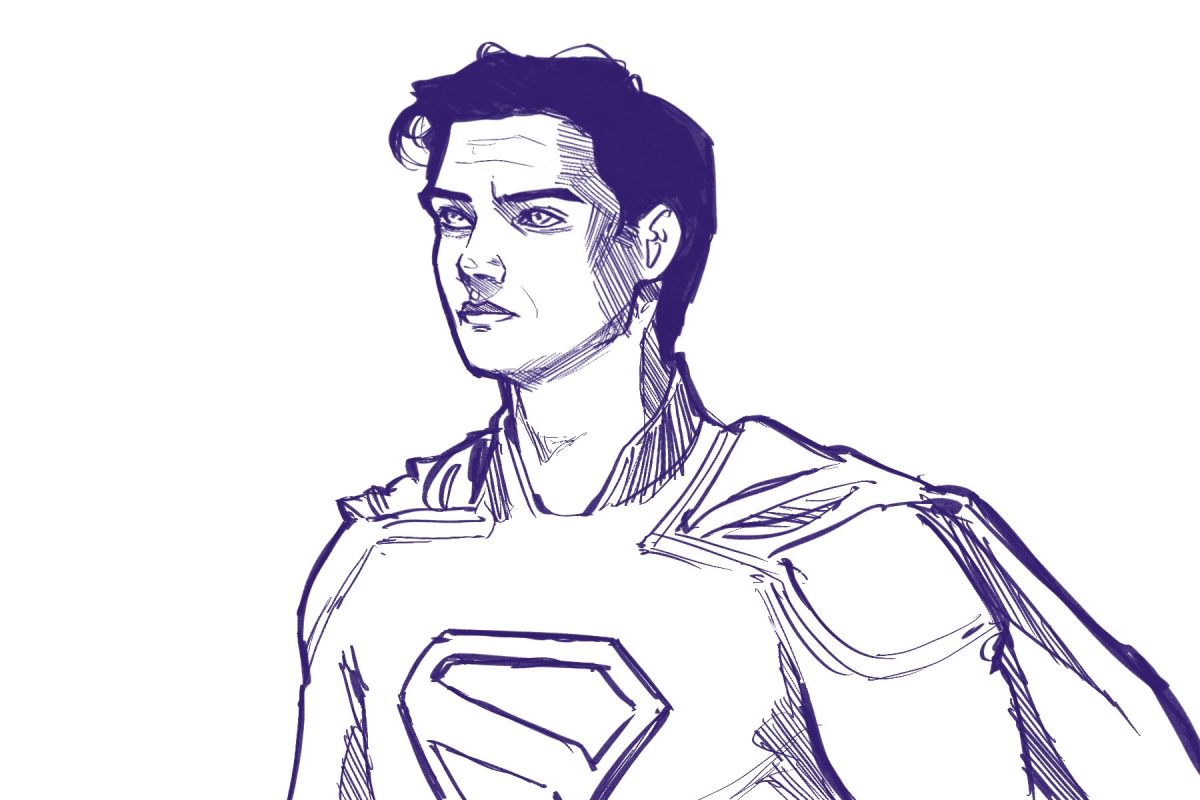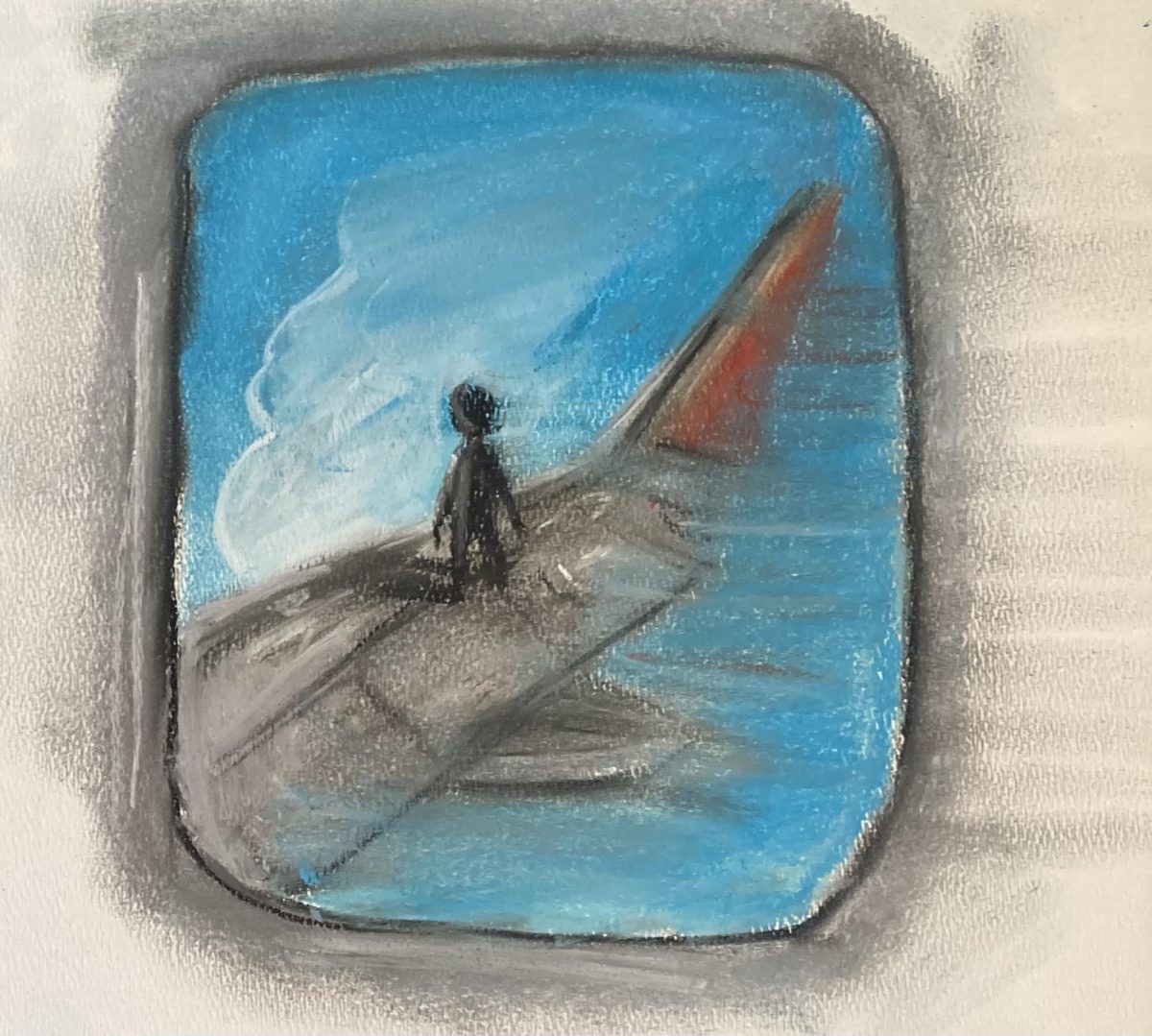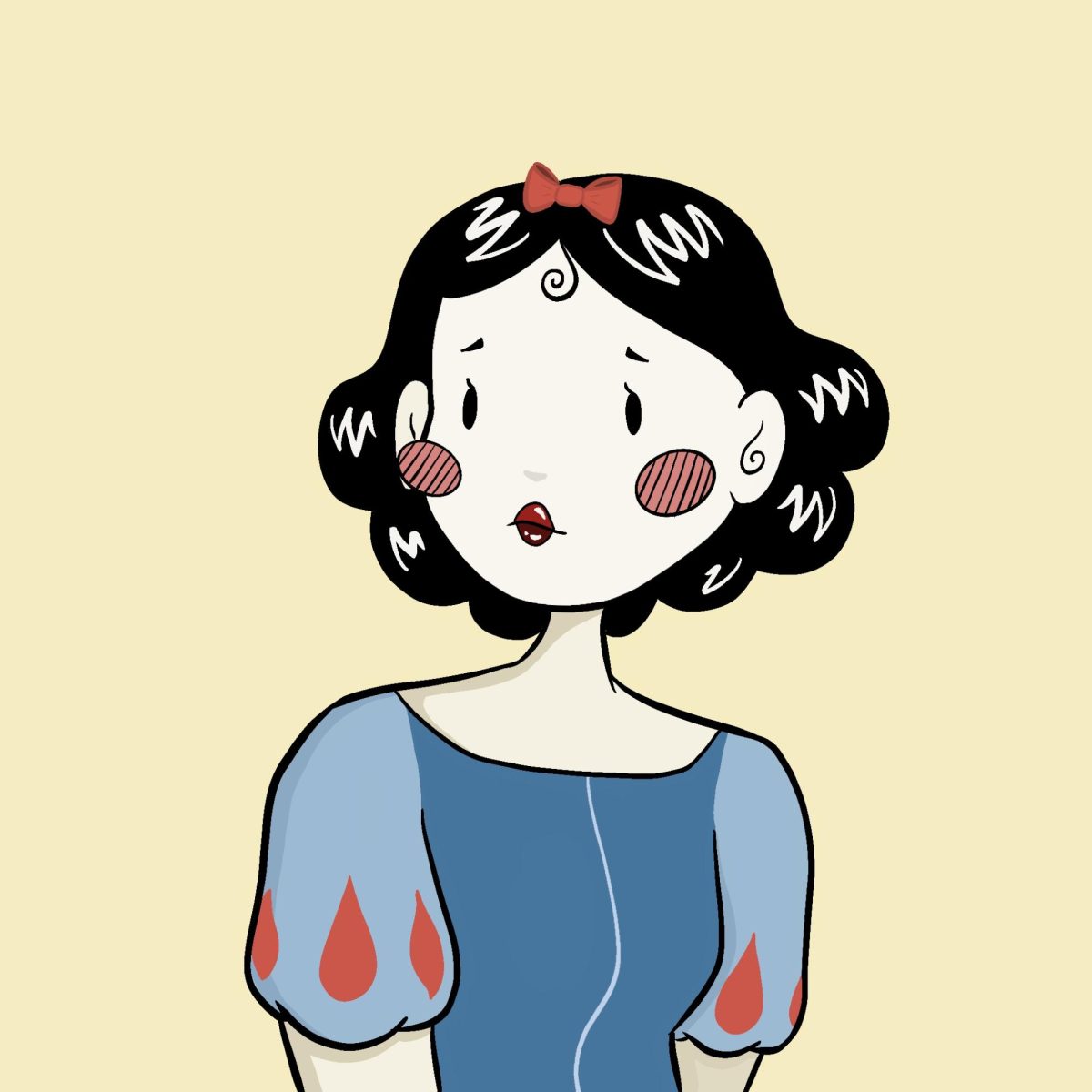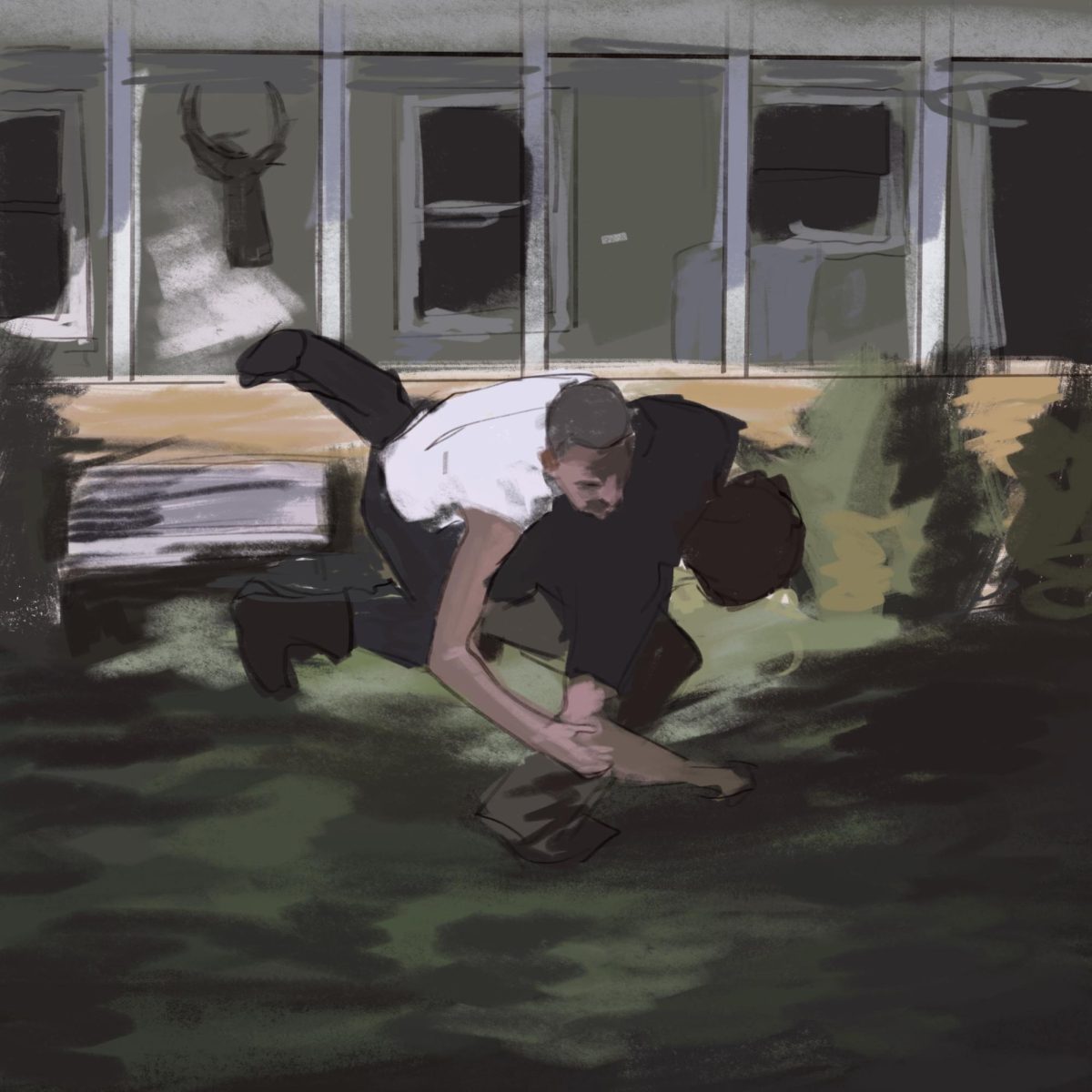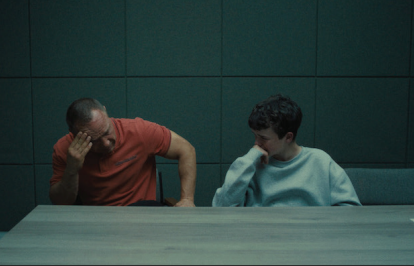In her sixth novel, Toni Morrison transports readers to 1926 Harlem, a city with a vibrant and newly emerging Black community that finds respite from the unsettling actions and prejudice of white individuals. Morrison crafts a profound love story that possesses the potential to either cleanse the wounds of the past or inflict fresh pain.
The novel opens with a murder, setting the stage for a narrative that is as fragmented and intricate as a jazz composition itself. Joe Trace, aged 50, who is characterized by his charm and good looks, kills his young lover Dorcas in a fit of jealousy. Violet, Joe’s wife, attends Dorcas’s funeral, and in an act of despair, mutilates the young girl’s face. In her quest to understand the inexplicable—what led her husband to fall in love with young Dorcas—Violet embarks on a search for answers.
One of the defining aspects of Violet’s character is her deep and consuming love for Joe. It is passionate, tumultuous, and at times suffocating. Violet’s love for Joe becomes a central theme in the novel and reveals the ways in which love can both nurture and harm. Readers are given a glimpse into the inner workings of a woman deeply affected by her past and struggling to find her place in the world.
A nameless narrator serves as the storyteller, weaving together the disparate threads of the characters’ lives. The novel’s structure is non-linear, moving back and forth in time and perspective. This can be challenging for some readers because it requires careful attention to detail and a willingness to piece together the fragments of the narrative. However, it is precisely this structure that mirrors the improvisational nature of jazz music and allows Morrison to explore the fluidity of memory and identity.
The novel’s setting, Harlem in the 1920s, is a character in itself. Morrison vividly brings to life the vibrancy of the Jazz Age, with its music, dancing, and social upheaval. She captures the spirit of the era while also highlighting the racial tensions and inequalities that simmer beneath the surface. In the novel, there is a juxtaposition between the glamorous nightlife and the harsh realities of life for African Americans at that time.
Morrison poses a question to her characters, her readers, and herself in every novel she writes. In Jazz, she explores the question, “Is there a limit to love? How can it stifle and suffocate?” I read Love right after I had finished Beloved, undoubtedly Morrison’s most popular and perhaps most brilliant works, and it didn’t nearly have the same effect on me despite the fact that I did find myself navigating Violet’s emotions very vividly, experiencing her joys, her sorrows, and complexities as if they were my own. I think the portrayal of a love that drives people to scratch, skin, and act in cruelty has deepened my understanding of relationships and of people. I loved this book—mesmerizing, purposeful, and concealed like a shared secret. In its entirety, the novel is a beautiful, lyrical, exploratory, and deeply moving work of literature.
This article also appears in our October 2023 print edition.

